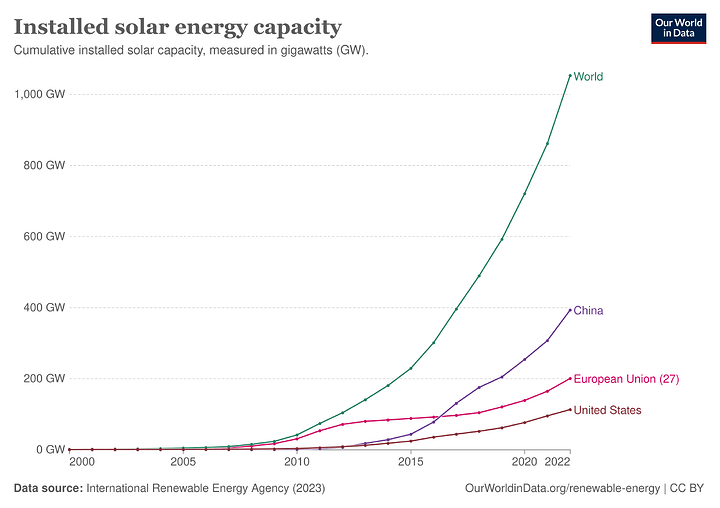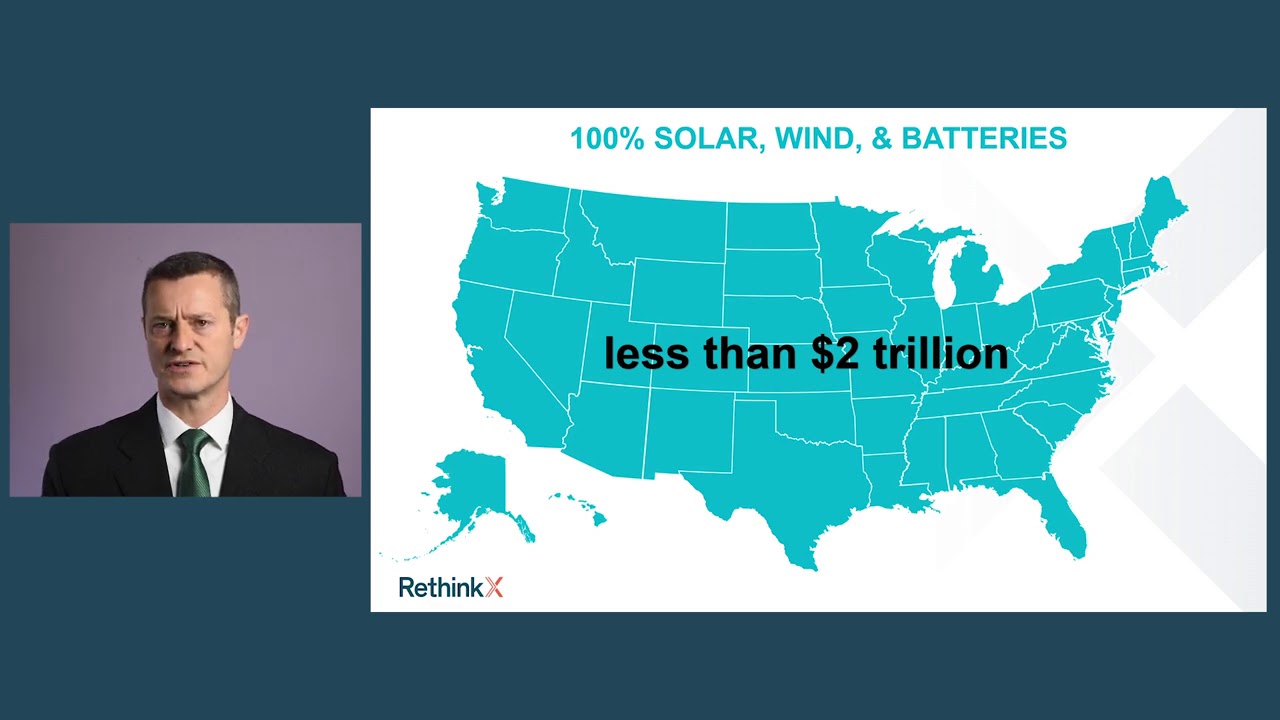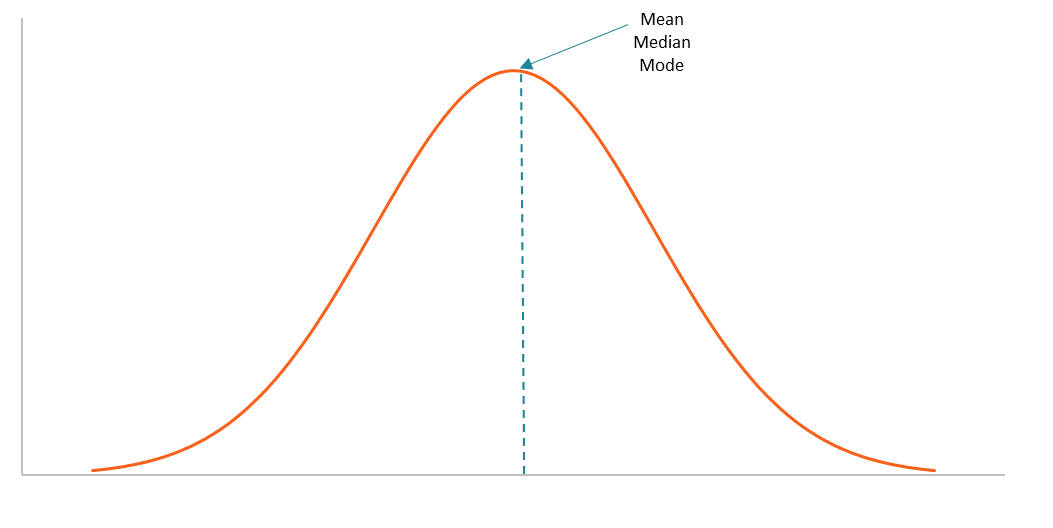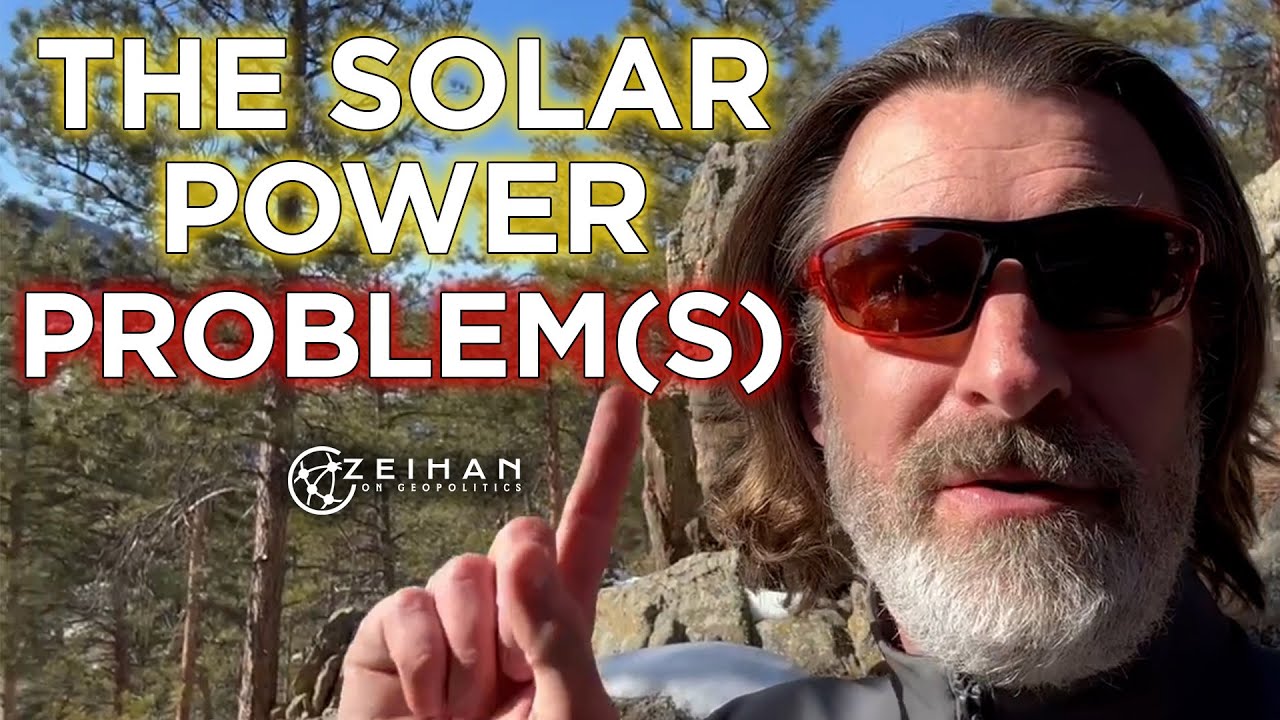Hi all, and welcome. This thread is about discussing the Solar + Wind + Batteries grid takeover that is going to take place during the 2020s decade. Tangential to this is the unfortunate demise of base load (yes, even nuclear - it just doesn’t fit the new puzzle but is in all other ways a great technology), small scale electricity generation in the home / community, and the takeover of the electric car.
This is a long, complex, and fascinating topic that have many moving parts. The TL;DR is that by 2035 (some say as early as 2030), over 50% of all electricity generation will be renewable. There is a lot of misinformation and screaming online to try to slow this down. In my opinion, you might as well scream at a tsunami coming for your house at this point, it is now as inevitable as the shift from horses to cars was in the 1910s. This post here is to try and help sort out some of the cognitive dissonance a lot of people still have on this topic, while the thread is for discussing the technologies involved.
Let it begin.
The backbone of electricity will be SWB
Summary - Solar, Wind and Batteries (SWB) will dominate the grid in the future. That is not to say SWB will make all generation, just something like 80%-90% of it. All inherent problems with the technology are now solved, but yet to be implemented everywhere - That is what the next 10 years are for. There are a number of challenges left, but none that pose any impossible hurdles, just blood, sweat, and tears of technology that already exists.
There are two key reasons why SWB is inevitable, and both have to do with economics. The first is that an SWB grid is now the cheapest option to install, operate and deliver power with, by far. The second is that an SWB grid will disrupt base load power, forcing it to operate at only certain times of the year. There are many other reasons why this is desirable, not the least due to a certain global crisis that has been around since the 80s, but these two reasons are why it will happen within a decade.
The SWB grid is inevitable - Cost
The economists Tony Seba and Adam Dorr have already made an excellent report published by the RethinkX think tank. If you are not familiar with Sebas work, he is the guy that predicted the fall of oil by 2030… In 2013. So far, his prediction has proven to be a bit on the pessimistic side, because latest measurements are ahead of the prediction by six to twelve months.
In November 2020, Dorr & Seba released an extremely controversial report that details exactly what is happening here. I recommend anyone still in doubt to watch the below presentation video of the report, where the case for the SWB future is made. The report is free to download on the RethinkX webpage: Rethinking Energy 2020-2030 (2020) (English)
Apart from that, I would just like to share with you the latest known economic numbers for LCOE, which is a way to calculate Return of Investment on a power plant. LCOE is not a perfect measurement by any means, it leaves out a few key details and SWB is a bit more complex, and methodologies can and will differ. Still, the Lazard Institute produces this report every year: Levelized Cost of Energy+ | Lazard
And in the 2024 version, you can easily find this graph:
Which just shows that Solar and Wind power is the cheapest power, and the reason it isn’t declining further right now, is because batteries are slowly entering the mix. Finally, it seems their prediction of S-curve disruption is coming true (thanks @level1):

SWB will not grow forever, and this graph is for solar alone. Wind and Batteries are following a similar trajectory, however. Now, cost is not everything, but for new grids (or smaller grids) like those in developing countries like Africa, SWB is cheap, resilient and affordable.
The SWB grid is inevitable - Base load competition
The second reason why SWB is taking over, is that it is not adding to base load - it is a replacement to base load. Again, Dorr & Seba has an amazing take on this from 2021, and I recommend everyone to at least watch the video presentation of that report, but here is the actual report: Rethinking Energy 2020-2030 (2020) (English)
The basic gist of the argument, is that as more intermittent power is added, cheap intermittent power will force base load plants offline for certain periods of the day in order to keep the cost of producing electricity down. If you are burning coal or nuclear for $100 / MWh and SWB produce the same kWh for $50 / MWh, it makes more sense producing SWB as that gives more profit per MWh (electricity price is unchanged).
However, if you have to shut down base load for 8 hours a day, your LCOE equation is thrown off - all of a sudden that coal plant will produce for $125 instead of $100. Which means even more incentive to do SWB. Which means base load is now shut down 10 hours a day. And on and on it goes.
This is unfortunately the reason all current Base Load power generation is going to be stranded assets as SWB increase their injection in the mix. Who in their right mind would keep a base load plant running if it only produces profitable power 5%-10% of the year?
And if you think incumbents won’t let that happen, they will have no choice as capital flock to new, hip startups that can provide intermittent power for half the going rate. The laws of economics guarantee base load demise, and the shift will happen sooner than most people realize.
Building a resilient SWB grid
[To be Written, how the SWB grid is supposed to work and can be made even more resilient than base load grids]
The future is looking bright
I hope the above gave some clarity why I, and many other experts, now believe that SWB grids are the future. It may sound like sunshine and rainbows, but actually it isn’t. Can we do this? Yes, without a doubt. Should we? That is an excellent question that unfortunately doesn’t really matter anymore, the world is going SWB no matter what anyone think, it is by far too late to stop it now.
In the post above, I have tried to focus on the fundamentals on a very complex and wide topic. I could easily write over three thousand pages on the subject, spanning multiple books. If I did, I fear many would fall asleep before the end of the first chapter. So, there is a lot of nuance left out for now. I hope the thread will pick up many of the nuances missed.
Disclaimer - Post is still a WIP, please bear with me as I attempt to juggle my personal life with writing this piece ![]()





